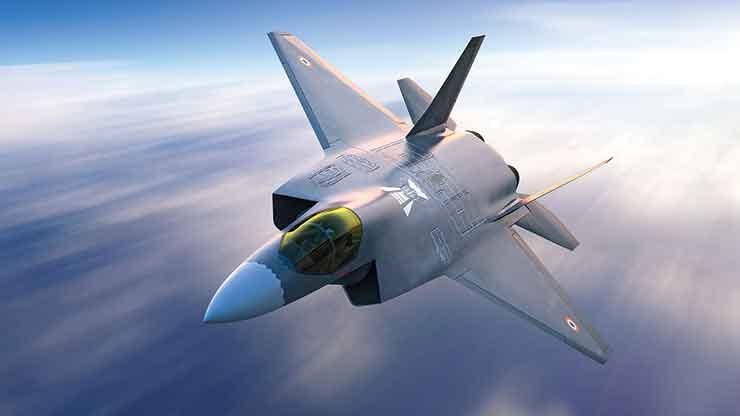
For the past two decades, the Indian Air Force (IAF) has grappled with a pressing and distressing issue – its inability to maintain the combat aircraft fleet at the authorised level of 42 squadrons. The challenges faced so far have proven insurmountable, hindering efforts to bolster the fleet. With each squadron sanctioned to have 18 aircraft, achieving the desired strength would result in a combat fleet totalling approximately 756 aircraft, which is only marginally larger than Pakistan’s 400 fighters and way below the 1,700 fighters in China’s PLA Air Force.
In the 1960s, the IAF was initially authorised to build up to 64 combat aircraft squadrons, a number later reduced to 45 and eventually settled at 42. The current strength hovers around 30 squadrons – a number steadily diminishing due to attrition and the phased-out retirement of ageing aircraft. Projections indicate a further reduction of two squadrons per year over the next five years unless new inductions occur.
It is in this backdrop of falling fleet numbers that the planned acquisition of the 114 Multi-Role Fighter Aircraft (MRFA) and the decision-making process within the IAF have both been a topic of discussion and debate. The MRFA follows the Medium Multi-Role Combat Aircraft (MMRCA) programme, which began in 2007 and sought to acquire 126 aircraft or seven squadrons to enhance the IAF’s ageing combat fleet. Six global contenders entered the competition, including the Boeing F/A-18, Lockheed Martin F-16, Dassault Rafale, Eurofighter Typhoon, Mikoyan MiG-35 and Saab JAS 39 Gripen. In 2012 India finally selected the Rafale due to reported lower life-cycle and maintenance costs. However, the deal, valued at more than $30 billion, faced numerous obstacles and was cancelled in July 2015.
The decision to issue a tender for the acquisition of new fighter aircraft implies a broader evaluation of available options and potential collaborations. Or is the IAF stricken with a desire to experience American fighter jets? If yes, it raises questions about the strategic considerations behind such decisions
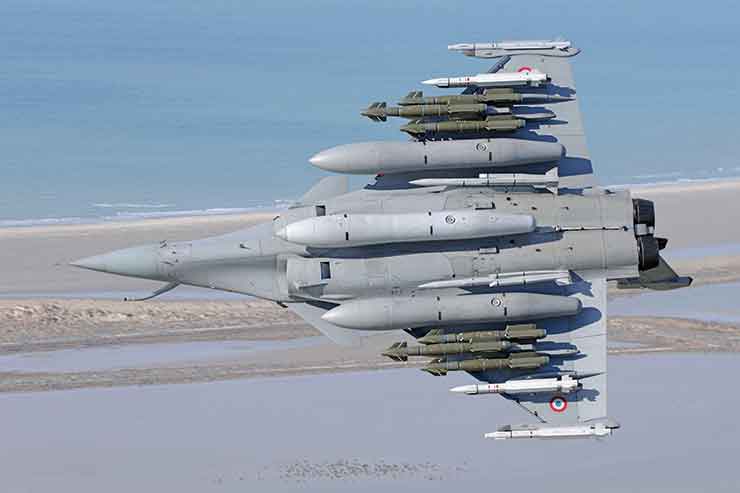
Combat crunch
The prolonged MMRCA negotiations and eventual cancellation caused a 10-year setback in the IAF’s modernisation programme. The retirement of outdated platforms like the MiG-21 and MiG-27 has reduced the IAF’s fighter aircraft fleet to approximately 30 squadrons, falling short of the immediate requirement of 42 fully airworthy squadrons required to fight a collusive two-front attack. To address this, India approved the purchase of 36 Rafale aircraft from France as an emergency measure. However, this only fills a portion of the void left by the MMRCA programme, prompting the need for additional measures.
Brig (Retd) Arvind Dhananjayan writes in the Chanakya Forum that this criticality has led the IAF to re-focus on the MRFA, with the aim of finalising the Air Staff Qualitative Requirements. “The acquisition of 114 MRFA with 4.5/ 4+ Generation capability (4th Generation fighters upgraded with Active Electronically Scanned Array radar, enhanced avionics, near-stealth characteristics and the ability to deploy modern aerial weapons) would be imperative to enhance the IAF’s fleet by six squadrons to maintain combat parity/edge over the Northern adversary in combat effectiveness in terms of the payload advantage of lower-altitude Indian airfields versus the adversary’s high-altitude airfields of the Tibetan Autonomous Region. This induction is imperative as the LCA, even with proposed modifications, will not presently be able to replace the capabilities of the Su-30 MKI or that of the Rafale. Importantly, the PLAAF will, in a similar timeframe, be able to field almost double the number of modern fighters, including 4+ Generation aircraft like the JF-17 Block-III and 5th Generation J-20 fighters. Worryingly, the Pakistan Air Force, with support from China in the form of the JF-17 Block-III and from the USA for F-16 upgrades worth US $ 450 Million, is slowly attempting to close the gap.”
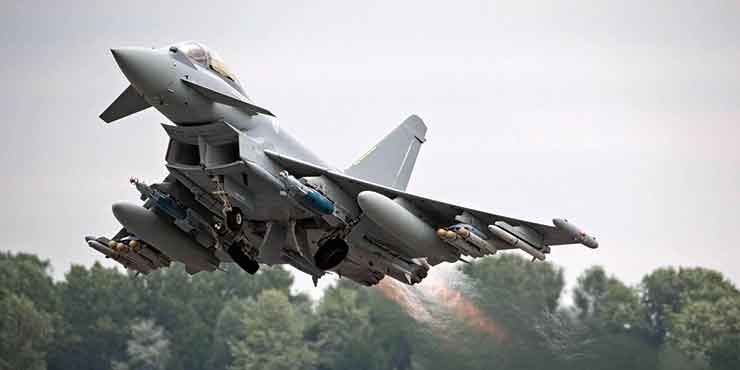
Better options
The decision to issue a tender for the acquisition of new fighter aircraft implies a broader evaluation of available options and potential collaborations. Or is the IAF stricken with a desire to experience American fighter jets? If yes, it raises questions about the strategic considerations behind such decisions. Exposure to different platforms can indeed broaden the IAF’s operational perspective, but the ultimate choice should align with India’s strategic interests, technological requirements, and the long-term vision for its air force.
Tejas is an evolving fighter with the potential to become a powerful weapons platform like the Su-30 MKI or F-15. However, this can happen only if the IAF persists with its development and provides funding for different iterations of the aircraft
The IAF needs to follow the path to indigenisation taken by both the army and the navy and fast track the development of indigenous aircraft, including the Tejas Mark 2 and the Advanced Medium Combat Aircraft (AMCA), a 5th Generation stealth, multi-role fighter. Plans are to procure an additional 97 Tejas Mk1A fighters above the 83 already ordered in 2021. Furthermore, 120 Tejas Mark 2 are likely to be ordered. This will reduce dependence on foreign vendors.
Building and enhancing indigenous capabilities can lead to technological advancements, job creation, and reduced dependence on foreign suppliers in the long run. Stressing on indigenisation, an IAF representative submitted before the Parliamentary Standing Committee on Defence: “If we keep buying them from the open market in the world, we will never become self-reliant. So, we need to give a push to our own industry also. We need to hold their hands and the Air Force is committed towards that.”
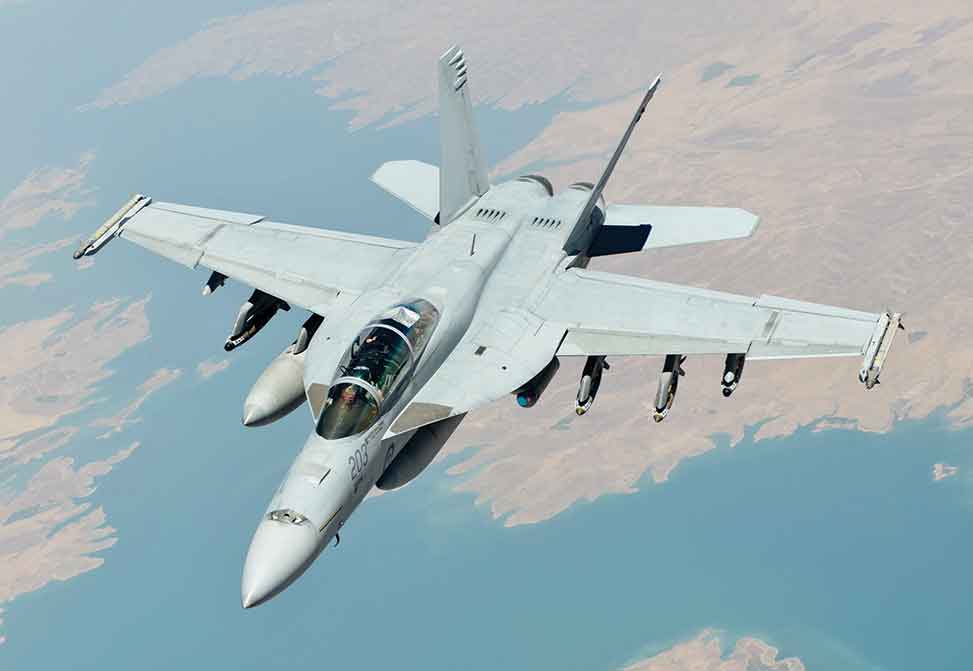
The Tejas took more than 30 years to enter production but the delay was primarily due to American sanctions over India’s nuclear tests. Today, with the sanctions lifted, the aircraft
has evolved in tune with the changing technological requirements. According to the IAF’s submission to parliament, what was envisioned in the beginning and what it is flying today are two different architectures. “The one we are flying today is called federated architecture. If I can use the word, it is, plug and fly. You can integrate any new weapon or any new system much more easily now,” the IAF representative said.
Further, the subcommittee was informed that as far as avionics, airframe and other parts are concerned, the IAF is very close to where the world is, except for some technologies like actuators, which are undergoing flight testing at the moment. Also, critical technologies like fly-by-wire are not shared by anyone and were developed indigenously. Clearly, the Tejas is an evolving fighter with the potential to become a powerful weapons platform like the Su-30 MKI or F-15. However, this can happen only if the IAF persists with its development and provides funding for different iterations of the aircraft.
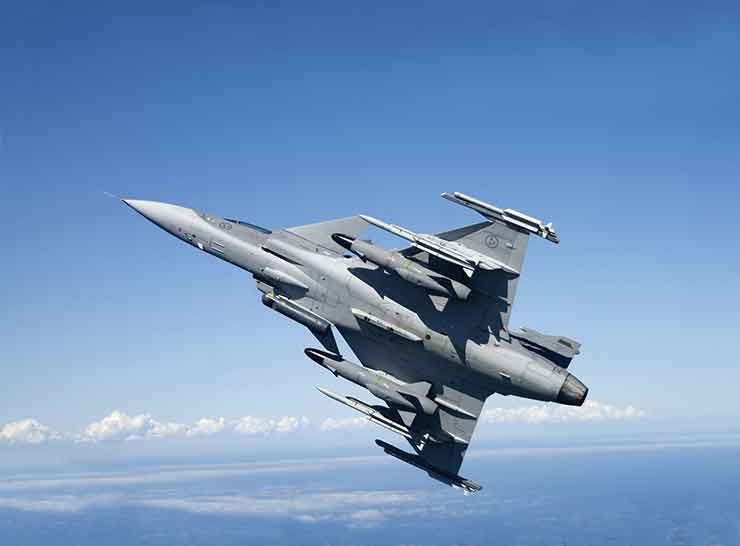
Old habits die hard
If there is a defining aspect of the IAF brass, it is that they waste a lot of time evaluating fighters. The culture of quick decision making and induction of aircraft has not taken root in the service. Only after the later Defence Minister Manohar Parrikar forced the IAF to buy the Tejas and then finalised the Rafale deal did things move forward. Compared to the IAF, the PAF is more nimble and manages to acquire aircraft in a timely manner.
In the rapidly evolving landscape of military aviation, the choice of aircraft must align with current and future operational requirements. If the MRFA falls short in terms of technological advancements and fails to meet the IAF’s expectations, it raises questions about the decision-making process
During the 1999 Kargil War, the IAF had the edge in Air to Air Missiles (AAMs) with the Russian R-73, but by the time the Balakot strike happened the PAF had the much longer range AMRAM. That was a classic example of shortsighted planning at Air Headquarters, or perhaps because Air Chief Marshal S.P. Tyagi was too busy taking kickbacks from Italy.
In summary, the MRFA programme becomes crucial to address the immediate gaps in the IAF’s fleet and expedite modernisation efforts. While initiatives like the purchase of Rafale and the development of the Tejas contribute to self-reliance, the complexities of production timelines and impending fleet obsolescence necessitate a comprehensive approach to ensure India’s air superiority in the evolving geopolitical landscape.
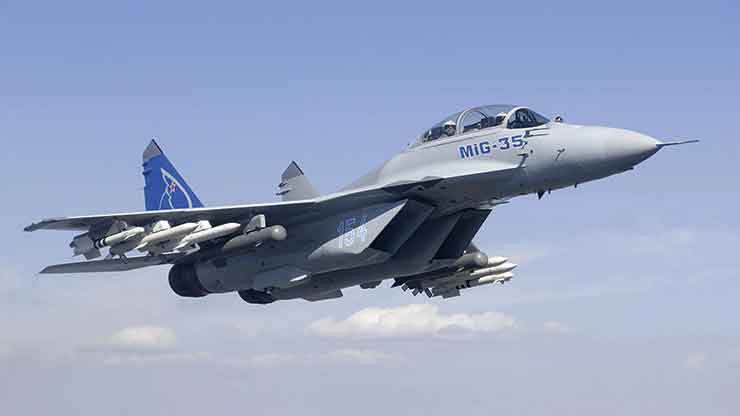
Conclusion
Brig (Retd) Dhananjayan adds that while preparing and ‘right-sizing’ it’s fighter fleet, the IAF would do well to keep in mind the durability and sustainability of this newly acquired fleet, in terms of ease of operability, commonality, transfer of technology, upgradability and maintainability. “This multi-pronged approach towards selecting the MRFA would ensure a less-diverse fleet, with scalable/upgradable platforms and a longer service with the IAF and the nation.”

In the rapidly evolving landscape of military aviation, the choice of aircraft must align with current and future operational requirements. If the MRFA falls short in terms of technological advancements and fails to meet the IAF’s expectations, it raises questions about the decision-making process.
– The writer is a globally cited defence analyst. His work has been published by leading think tanks, and quoted extensively in books on diplomacy, counter terrorism, warfare and economic development. The views expressed are of the writer and do not necessarily reflect the views of Raksha Anirveda















